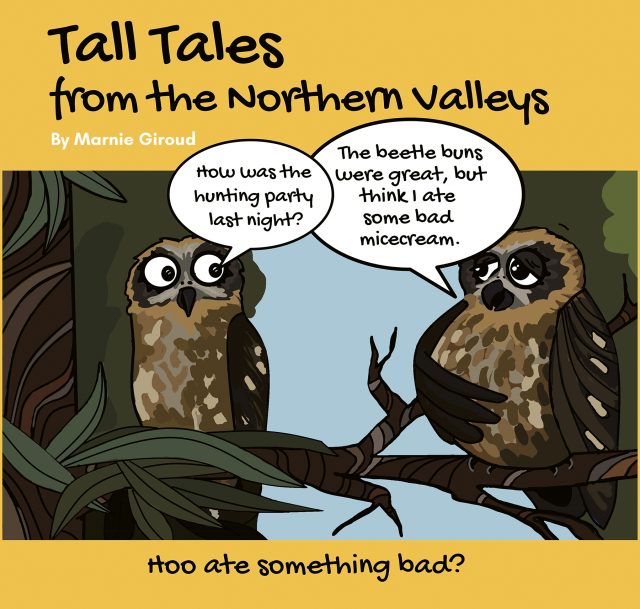Nobody likes rats and mice scavenging around their home – but please think again before treating the problem with rodenticides. You’re not just killing the rodents, but could almost certainly be poisoning wildlife and your pets as well.
You might think placing baits in positions accessible only to rodents, such as wall cavities and out of reach of young children, trying to ensure only the rodent eats the bait – but this is only the beginning of the next stage. Yes, the rats are dead – good, but these rodents have eaten Secondary Generation Anticoagulant Rodenticides (SGARs) and they may come out into the open to die. This is when secondary poisoning can occur – the original bait goes on killing via dead rodents. Even if the dead rodent dies inside the wall cavity the resulting smell is overpowering for many days.
Wildlife such as birds of prey, snakes, quolls and even your pet, can pick up and eat the dead rodent, causing secondary poisoning. This doesn’t always cause immediate death to the predator but the poison can build up in their liver to lethal levels. As a result small amounts of the ingested poison can also be passed onto a bird’s young.
A PhD study by Mike Lahr at Edith Cowan University, investigated owls which had died from other causes to test for levels of rodenticides. “The results from analysing the liver were shocking, with 74 percent of owls containing a range of rodenticide chemicals” said Mike.
There is no such thing as a “wildlife safe” rodenticide. They all kill rodents, but also continue killing wildlife including the very animals who would naturally hunt rats and mice as part of their food source. So, what’s the alternative to using poison baits? There are a huge range of methods to control vermin – some are very cruel leaving the animal to die slowly and painfully.
Birdlife Australia has set up a petition asking Bunnings to stop the sale of rodent control products – especially SGARs poisons which are the worst – they just go on killing and killing well after the original target is dead.
We encourage you to follow up on some of the references below for further advice and alternatives to the use of poison baits. There are also great tips on what you can do to rodent-proof your home and property.
Ref: Birdlife Australia, RSPCA Australia, Kanyama Rehabilitation Centre, Bullsbrook Vet Centre, WA Birds of Prey Centre, Chittering Wildlife Carers Inc, The Conversation – Journal of Veterinary Diagnostic Investigation.








